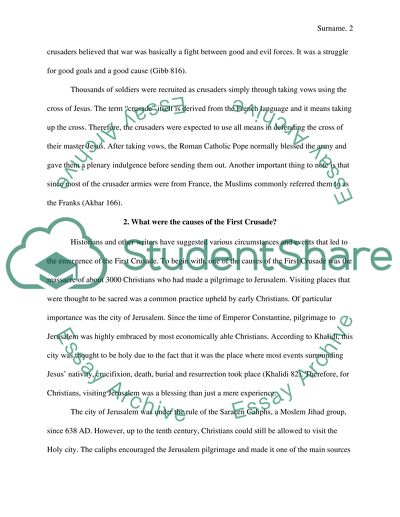Cite this document
(“The first crusade 1096-1109 Essay Example | Topics and Well Written Essays - 3250 words”, n.d.)
Retrieved de https://studentshare.org/history/1392354-the-first-crusade
Retrieved de https://studentshare.org/history/1392354-the-first-crusade
(The First Crusade 1096-1109 Essay Example | Topics and Well Written Essays - 3250 Words)
https://studentshare.org/history/1392354-the-first-crusade.
https://studentshare.org/history/1392354-the-first-crusade.
“The First Crusade 1096-1109 Essay Example | Topics and Well Written Essays - 3250 Words”, n.d. https://studentshare.org/history/1392354-the-first-crusade.


